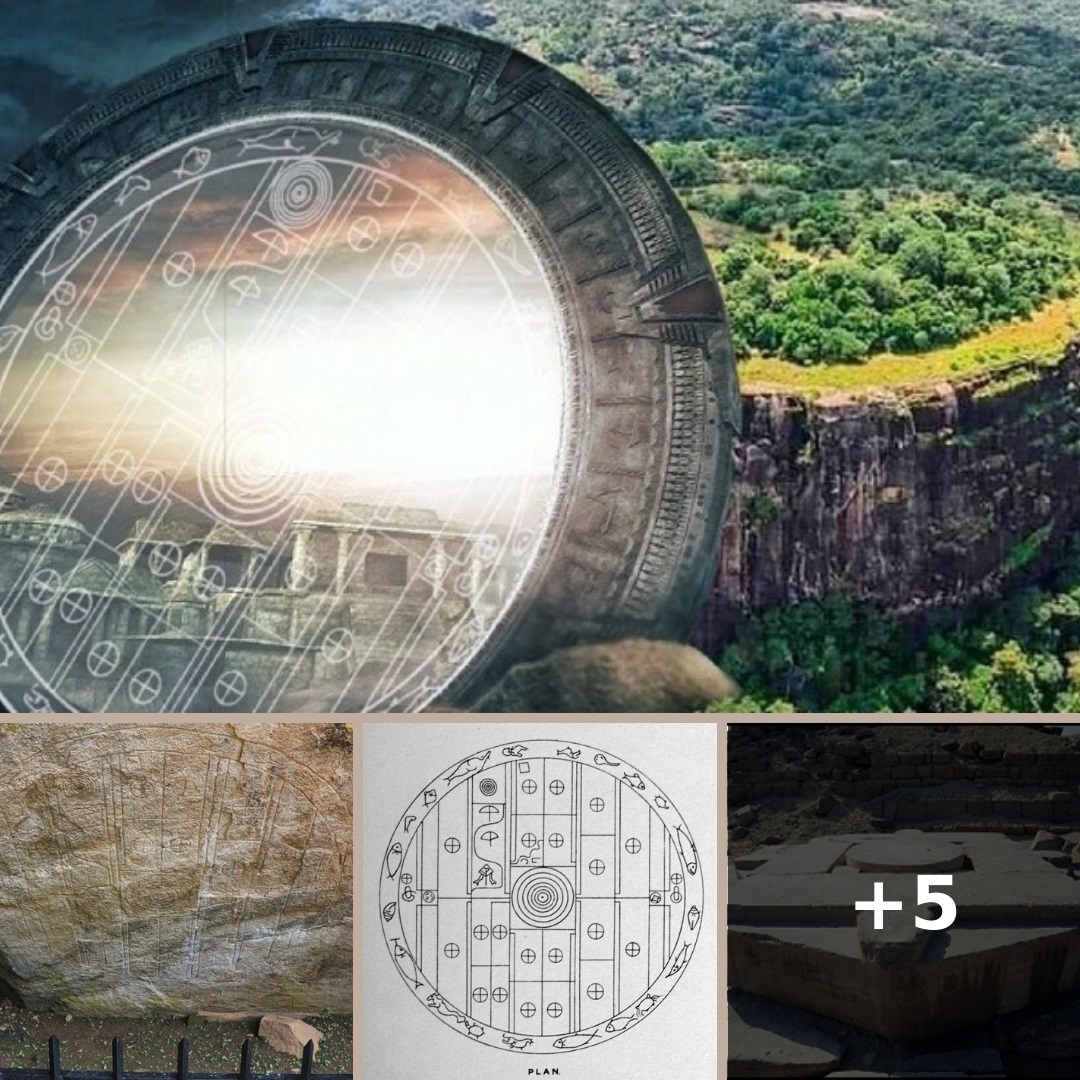For many years, people around the globe have suggested the possibility that a mysterious image on a rock in the ancient city of Anuradhapura in Sri Lanka could be an ancient stargate, through which civilizations travelled to other places in the universe in the distant past.
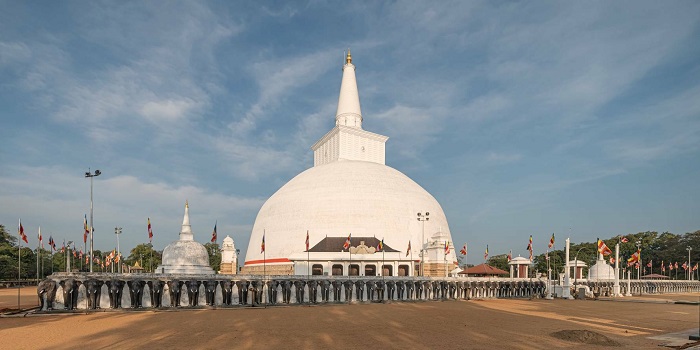
It is true that the mystery persists today, and the Stargate in Sri Lanka continues to generate all kinds of theories, including “extraterrestrials”.
The site is known as Rajarata (Land of Kings), it was the first kingdom established on the island (around 377 BC) and is at the heart of Sri Lanka’s Buddhist culture. Today, it is one of the most visited places in the country, attracting devout pilgrims to its ancient Buddhist temples and giant dome-shaped stupas.
Sakwala Chakraya or the “Stargate” of Ranmasu Uyana
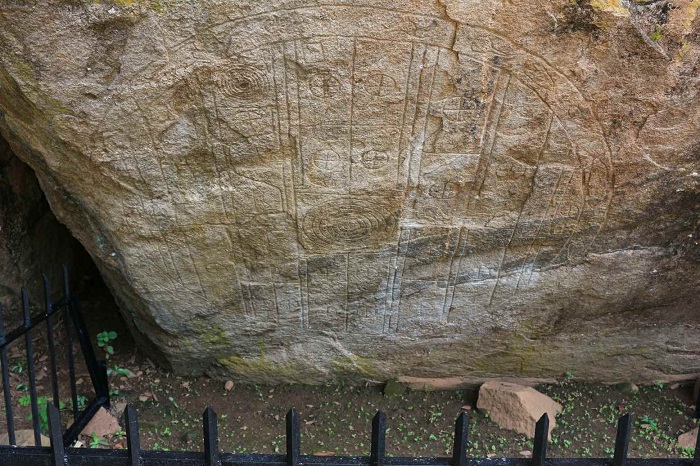
The sacred city of Anuradhapura is also home to something much more curious thing. There is a 16-hectare old urban park, popularly known as Ranmasu Uyana (Golden Fish Park), surrounded by three Buddhist temples in the heart of the ancient city, where there is a graph (or map) that is supposed to be a map to discover the secrets of the Universe.
Measuring approximately 1.8 metres in diameter, Sakwala Chakraya (which translates into Sinhalese ‘cycle of the universe’) was carved out of a low rock among the ruins of the protected park. The front facade can only be seen at ground level. In fact, four seats have been carved out of an opposite flat rock surface, providing the ideal viewing area.

Both the map and the seats, which are also of mysterious origin, have been puzzling historians, archaeologists and scholars for over a century.
Archaeology professor Raj Somadeva of Kelaniya University of Sri Lanka told the BBC about the possible purpose of the circular diagram and the other structures around it.
Somadeva said:
“Ranmasu Uyana has been used for a long time in history. The second major phase of development seems to have started in the 7th century. During this period, several new buildings were added to the design of the previous garden. The mysterious graph could have been made in that period, but it is impossible to know the reason for its existence and function. Anything related to it is not mentioned in any historical record, which was meticulously maintained by Buddhist monks.”
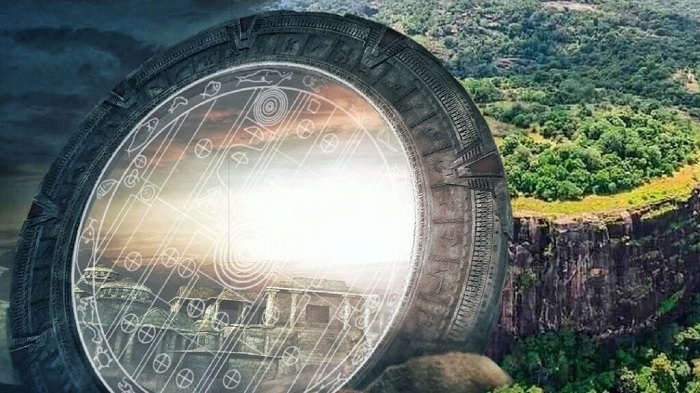
Although little is known about the panel and its purpose, the iconography is incompatible with other sculptures from the Anuradhapura period (3rd-10th centuries AD). The centre of the graph is formed by seven concentric circles divided by vertical and horizontal parallel lines. The rectangular compartments contain small crossed circles. For the inexperienced eye, there are figures that resemble umbrellas or archery, a kite, wavy lines and cylindrical shapes. An outer ring represents marine animals like fish, turtles and seahorses.
Compared to other sculptures from the same period and site, such as Sandakada Pahana, which depicts vines, swans and a lotus, all typical of Buddhist iconography, the graphic of Ranmasu Uyana has no religious context, leaving anyone without an obvious explanation of why these were there. This left people very open to speculations. Some even speculated that beings from the other world arrived on Earth through this portal. And the fact that they could not have chosen a better location: the grounds of the sacred temple, surrounded by a dense tropical jungle, are mostly uninhabited and protected by the authorities.
However, scientists are sceptical of such assumptions. The problems in defining the functions of such an old design are understandable. Not a single mention of this object has survived to this day. If Buddhist monks have something tangible about them, they remain silent.
Connection to the universe
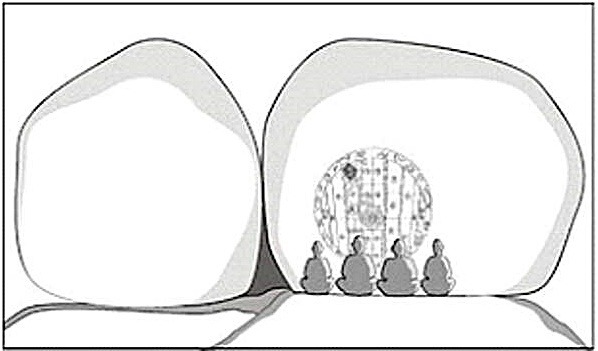
The theory that provokes most of the curious minds is that the image on the rock is an ancient map of the Universe, seen by the ancestors of present-day humanity.
The first scholar to notice the archaeological significance of the map was Harry Charles Purvis Bell (HCP Bell), a British officer appointed the first commissioner of Archeology in Ceylon (the old name of Sri Lanka). Bell produced a report on the subject, which included the following:
“This ancient ‘map of the world’, perhaps the oldest that exists, is of extraordinary interest. Its presence … testifies to the antiquity of that astronomical tradition that is still practised in some of Ceylon’s Buddhist monasteries.”
Although the table does not look like a map in a modern sense, Bell added:
“It represents a cosmographic table of yesteryear that illustrates with the most naive simplicity the Buddhist notions of the universe.”
Bell interpreted the circles, symbols and marine life on the chart, based on his knowledge of Buddhism on the island, in the sense of Earth, seas, outer space and the Universe.
Secret code
To say, what HCP Bell suggested was amplified by modern tourists with “eagle eyes”, who commented on the parallels between the letter in Anuradhapura and similar places in other countries that some believe are stargates, ancient gates through which humans could enter the Universe. His theory says that the map contains the secret code to unlock the portal.
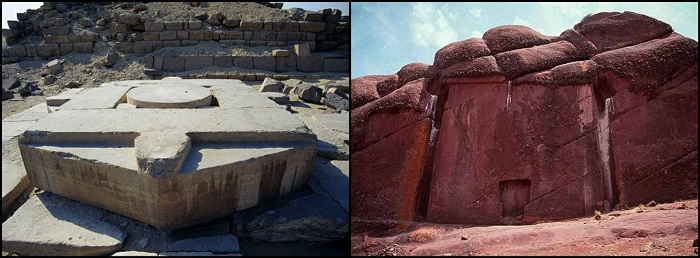
Some alternative researchers noted that the Anuradhapura star portal had shapes and symbols almost identical to those found at Abu Ghurab in Egypt and La Puerta de Hayu Marka in Peru. The most striking resemblance was said when speculation about Sri Lanka’s stargate reached its peak, with its proximity to water. The neighbouring Tissa Weva Reservoir, built in 300 BC, was conclusive evidence, as both Abu Ghurab and the Hayu Marka Gate were also built close to the water, which, according to the stargate theory, allowed extraterrestrial beings to process gold from the Earth’s water.
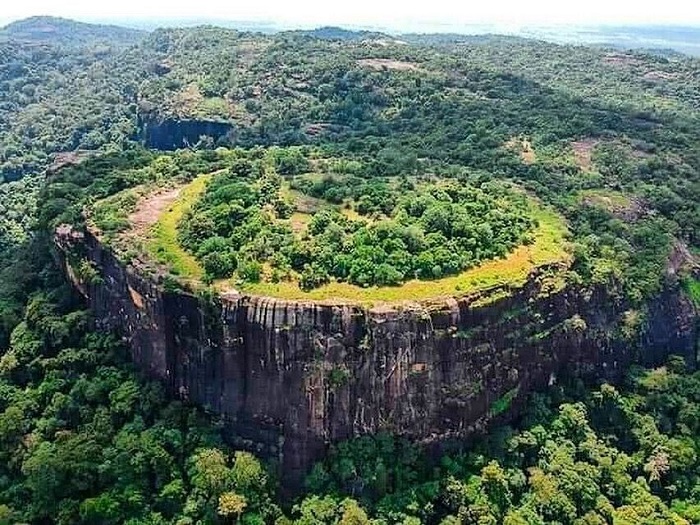
This supernatural theory was further fueled by the proximity of the table to the Danigala mountain, also known as the alien mountain, in the sacred city of Polonnaruwa. In the middle of the jungle and popular with walkers, Danigala has a unique circular shape and a totally flat top. This led some to conclude that, at some point, it must have been used for UFO landings. Interestingly, according to the locals, the Danigala mountain attracts more shooting stars and thunder and lightning in the sky than anywhere else.
Sri Lanka’s enigmatic stargate seems to remain shrouded in mystery, its purpose and meaning are still lost in time. Alternatively, all of these discoveries could attest to a highly developed universal civilization, which coexisted with ours at the beginning of the formation of humanity.
